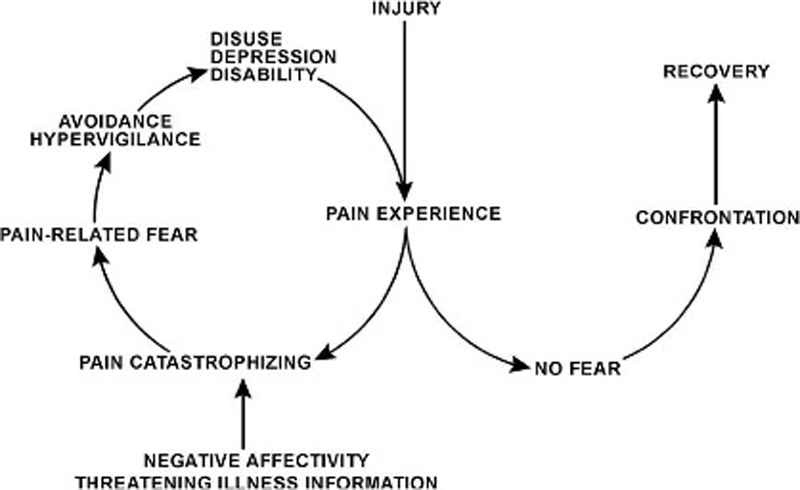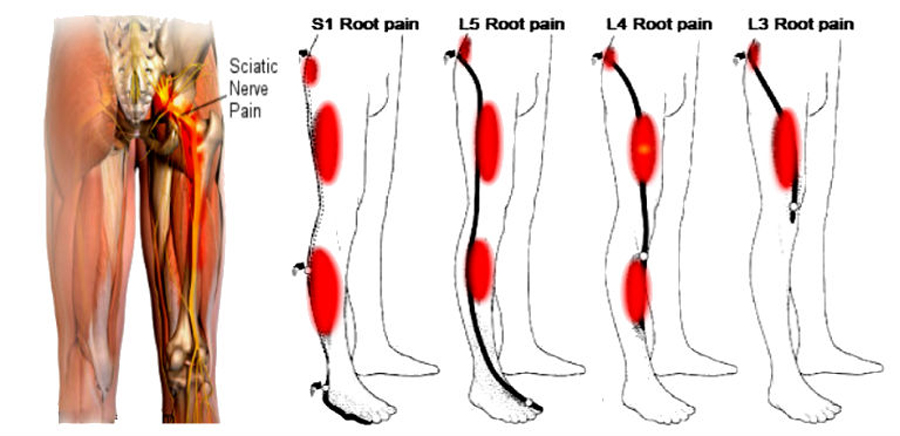Medical Students Take the Complementary, Alternative and Integrative Medicine Attitudes Questionnaire (CAIMAQ)
SOURCE: Evidence-based Complementary and Alternative Medicine (eCAM) 2011 (Apr 14)
Center for East-West Medicine,
Department of Medicine,
David Geffen School of Medicine,
University of California,
Los Angeles, CA, USA
While the use of complementary, alternative and integrative medicine (CAIM) is substantial, it continues to exist at the periphery of allopathic medicine. Understanding the attitudes of medical students toward CAIM will be useful in understanding future integration of CAIM and allopathic medicine. This study was conducted to develop and evaluate an instrument and assess medical students’ attitudes toward CAIM. The Complementary, Alternative and Integrative Medicine Attitudes Questionnaire (CAIMAQ) was developed by a panel of experts in CAIM, allopathic medicine, medical education and survey development. A total of 1770 CAIMAQ surveys (51% of US medical schools participated) were obtained in a national sample of medical students in 2007.
Factor analysis of the CAIMAQ revealed five distinct attitudinal domains:
- desirability of CAIM therapies,
- progressive patient/physician health care roles,
- mind-body-spirit connection,
- principles of allostasis and
- a holistic understanding of disease.
The students held the most positive attitude for the “mind-body-spirit connection” and the least positive for the “desirability of CAIM therapies”. This study provided initial support for the reliability of the CAIMAQ. The survey results indicated that in general students responded more positively to the principles of CAIM than to CAIM treatment. A higher quality of CAIM-related medical education and expanded research into CAIM therapies would facilitate appropriate integration of CAIM into medical curricula. The most significant limitation of this study is a low response rate, and further work is required to assess more representative populations in order to determine whether the relationships found in this study are generalizable.
3.6. CAIMAQ Scales
Scale scores were created by averaging responses to the items in each scale. Figure 1 shows that the most positive attitude (mean ± SD) was obtained for “attitudes toward the mind-body-spirit connection” (6.11 ± 0.76) and the lowest for “attitudes toward the desirability of CAIM therapies” (4.69 ± 1.01). Participant attitudes were significantly more positive for factors that queried foundational values of CAIM, such as the mind-body-spirit connection, a holistic understanding of disease and progressive patient/physician health care roles than for the desirability of CAIM therapies. These data seem to support the idea that students are comfortable with the principles of CAIM but may be hesitant to actually endorse providing CAIM.
The relative lack of support for CAIM therapies may be due to, in the words of one participant, a “lack of evidence base for CAM”. Comments of this nature were the most frequent in the survey. As another participant stated, “I feel that the biggest…division between alternative medicine and allopathic medicine is…evidence”. While 79% of the respondents agreed to some extent that “therapies lacking rigorous support from biomedical research may nevertheless be of value to doctors”, the most frequent reason given by physicians for not accepting the use of CAIM is that CAIM therapies are perceived as lacking rigorous scientific support.
3.9. Personal Use of CAM
A significant percentage of survey respondents reported personal experience with CAM. Forty-nine percent answered that they had treated themselves with CAM, 38% reported having received treatment from a CAM provider (an acupuncturist, chiropractor, etc.) and 14% reported having treated someone else with CAM.
The 10 most commonly used CAM therapies during the past year were massage (35%), deep breathing exercises (32%), prayer for health reasons (29%), yoga (28%), meditation (25%), diet-based therapies (20%), herbal medicine (18%), progressive relaxation (15%), aromatherapy (13%) and non-vitamin, non-mineral, natural products (10%). Comments suggest that personal use of CAM was a factor in respondent attitudes, consistent with other research in this area [44]. Some participants also stated that they had a different standard for personal CAM use than for recommending CAM to patients.
The CAIMAQ Instrument
For each of the 30 items below, please indicate how strongly you identify with the associated statement by selecting one of the answer choices. For example, selecting “strongly agree” would indicate that you highly believe the statement is accurate; selecting “strongly disagree” would indicate that you highly believe the statement is inaccurate. If you do not feel that you are able to fairly answer an item, a “don’t know” option is provided.
If there are any words or therapies you are unfamiliar with, you will find a description in the glossary of terms at the bottom of the page (listed alphabetically).

- A patient’s treatment should take into consideration all aspects of his or her physical, mental and spiritual health.
- The focus of a primary care physician should be on promoting health rather than treating disease.
- Patients whose doctors know about complementary and alternative medicine, in addition to conventional medicine, benefit more than those whose doctors are only familiar with conventional medicine.
- When systems of alternative medicine (such as traditional Chinese medicine) are found to be efficacious in treatment of a disease, doctors should recommend them even though these systems may rely on unknown mechanisms.
- Prayer, for oneself or others, can benefit quality of life and disease outcomes.
- Therapies lacking rigorous support from biomedical research (randomized controlled trials, etc.) may nevertheless be of value to doctors.
- The spiritual beliefs of patients play an important role in their recovery.
- A system of medicine that integrates therapies of both conventional medicine and complementary and alternative medicine would be more effective than either conventional medicine or complementary and alternative medicine provided independently.
- End-of-life care should be valued as an opportunity for patients to heal.
- The use of herbal products represents a legitimate form of medicine that can treat a wide variety of disease.
- A patient’s mental state influences his or her physical health.
- Disease occurs when the body’s innate ability to heal itself becomes compromised.
- Patients who express themselves through creative outlets such as art, music or dance may achieve significant health benefits through these activities.
- Doctors who lead a balanced lifestyle (i.e., attending to their own health, social, family and spiritual needs, as well as interests beyond medicine) generate improved patient satisfaction.
- Complementary and alternative medicine contains beliefs, ideas and therapies from which conventional medicine could benefit.
- Chiropractic care can be a valuable method for resolving a wide variety of musculoskeletal problems.
- A patient with a terminal illness can experience mental and spiritual healing in being at peace with himself or herself.
- Massage therapy can lead to objective improvements in long-term outcomes for patients.
- The innate self-healing capacity of patients often determines the outcome of illness regardless of treatment interventions.
- A strong relationship between patients and their doctors is a valuable therapeutic intervention that leads to improved outcomes.
- Doctors who model a healthy lifestyle (i.e., follow their own advice) generate improved patient outcomes.
- Whenever reasonable, a physician should provide patients with hope and a positive attitude toward healing.
- A patient who is an active participant in his or her care is likely to experience improved outcomes compared with a patient who is a passive participant.
- Nutritional counseling and dietary/food supplements can be effective in the treatment of pathology.
- Doctors should consider referring patients to alternative health care providers such as homeopaths or naturopaths for conditions poorly managed by conventional medicine.
- Even in the absence of clinically significant disease, a person can experience a vast range in terms of physical health.
- It is ethical for doctors to recommend therapies to patients that involve the use of subtle energy fields in and around the body for medical purposes.
- Therapeutic Touch is credible as a form of treatment.
- Disease can be viewed as an opportunity for personal change and growth.
- Treatments of complementary and alternative medicine tend to be less invasive that those of conventional medicine, and may help to reduce the risk of side effects and iatrogenesis.




Leave A Comment